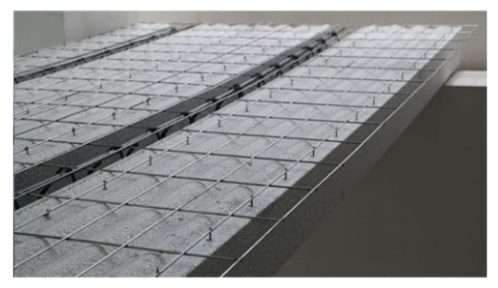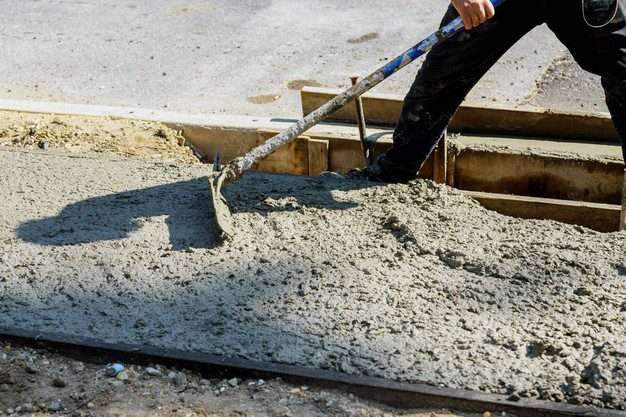Why is the construction restricted to concrete elements,
connecting columns and bridges of small-section beams?
The poor performance of non-reinforced construction and regular non-ductile reinforced concrete frame construction caused unacceptably high human and economic losses in previous earthquakes.
This led to the need to develop and promote alternative building techniques.
The goal is to achieve enhanced seismic performance,
using technologies that require a similar (and preferably lower) level of construction skills and are economically viable.

Confined construction
It consists of brick walls and RC horizontal and vertical confining members built on all four sides of the wall plate.
The masonry wall is made of solid solid bricks, hollow clay tiles or concrete blocks.
Confined with connecting columns and connecting beams,
to transfer the gravitational load from the slab(s) above to the foundation acting as a reinforcing panel that resists the horizontal earthquake forces.
The good seismic performance of modern confined construction,
which is practiced in many countries, depends on two main features.
namely the confinement and interconnection between the building walls and the reinforced concrete confining elements,
which surround these walls, these two features were realized by the builders and engineers.

The main causes of damage
- Insufficient wall density.
- Poor quality of building and construction materials.
- Insufficient details for reinforcements in inventory items.
- No elements trapped at the openings.
Confined construction is the most convenient and practical method of home construction by individual home owners in earthquake areas.
The required engineering level is included in the empirical bases,
for the planning, design and construction of these houses.

Outstanding Features of Confined Construction
Two notable features of confined construction are: The use of a regular grid of walls in both directions.
With RC vertical members at all wall junctions, and in straight walls of longer lengths.
RC vertical elements are serrated in masonry wall sections,
and RC horizontal strips anchor to masonry walls for the entire house.
Together, these elements confine the wall sections and prevent them from extending along the wall length direction,
and from falling out of plane along the wall thickness direction.
The sequence of constructing the masonry walls first and then pouring them into the placement of RC vertical elements and horizontal bars.
The choice of this building sequence is also responsible for enhancing the integrity of the masonry units,
in the confined masonry.
Which in turn makes the masonry confined construction superior to the ordinary RC frame buildings,
which have simple brick walls with grouting *The seismic performance is good for confined construction.*
Under the earthquake shaking, the loads are mainly transmitted by the masonry wall composite system,
and the RC elements by the load-bearing motion.
These RC confines are compact and control the entire width of the wall at door and window openings and wall junctions.
They have sufficient rigidity to withstand the expansion of the masonry wall that would otherwise occur during earthquake shaking.
Thus, each wall panel remains attached to the confined RC elements as an integrated unit,
without disintegrating into its constituent materials.

Performance in past earthquakes
If constructed properly, the confined building works are expected to show satisfactory seismic performance.
The opposite behavior observed in past earthquakes also included houses that were built without connecting poles and tie beams.
With improper ceiling-to-wall connection, or poor quality materials and construction.
Among the major earthquakes that affected the confined building was 1985 Llolleo,
Chile, earthquake (M 7.8).
The 1990 Manjil, Iran earthquake (M 7.6),
the confined buildings were slightly damaged in the July 1985 earthquake, and no collapse was reported.
In most of the damaged buildings, the connecting posts were missing and the following characteristic damage patterns were observed:
- Shear cracks in the walls that spread in the connecting columns, most of the cracks passed through the mortar joints.
- Also, cracking of masonry units has been observed in the central part of the walls subjected to extreme stresses.
- Horizontal cracks in the joints between building walls and floors, or reinforced concrete foundations.
- Cracks in window sills and walls, due to out-of-plane movement in inadequately confined walls.
- Concrete cracking at the joints between vertical strapping posts and horizontal strapping beams, when reinforcement is not installed properly.
For more architectural news
Unveiling the design of the tallest skyscraper inspired by the bamboo forests in Singapore




